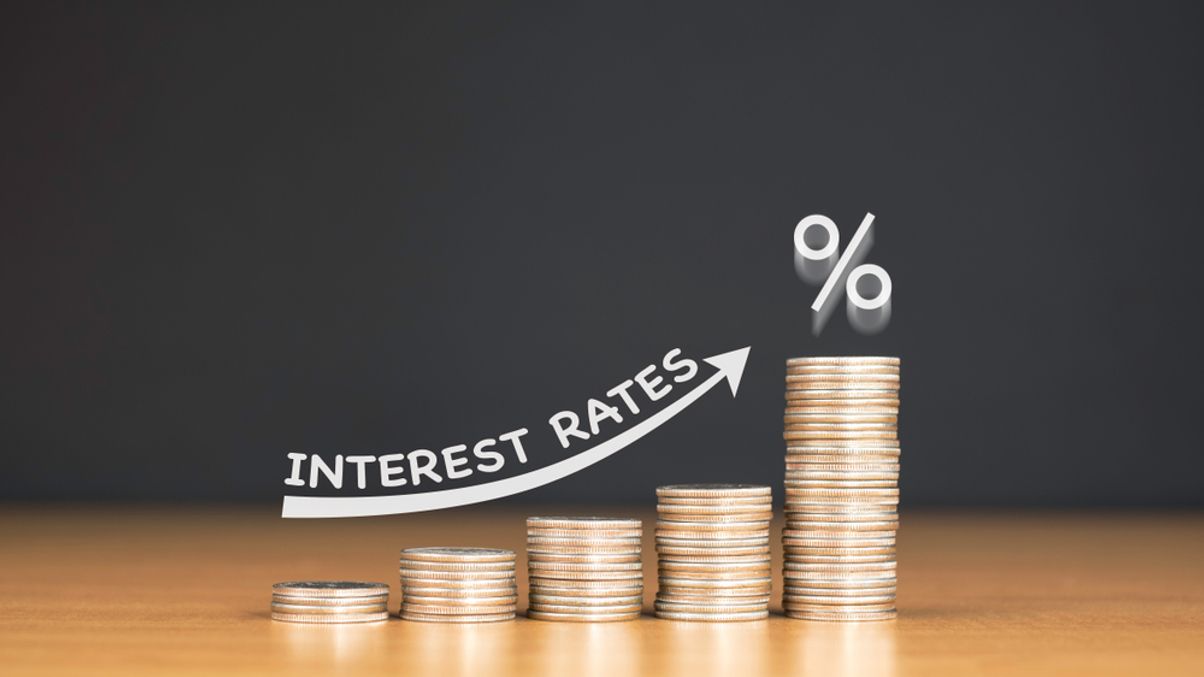AIA views central bank policy as dominant driver for global markets
AIA’s market economist discusses the foreseeable impact of the current economic climate to investors, with central banks raising interest rates to combat inflation and heightened geo-political risks in Europe.

Hervé Lievore is a macro and market economist for AIA Group Investment which manages around $330 billion of assets globally, as of June 30 2021.
Sign In to Your Account
Access Exclusive AsianInvestor Content!
Please sign in to your subscription to unlock full access to our premium AI resources.
Free Registration & 7-Day Trial
Register now to enjoy a 7-day free trial—no registration fees required. Click the link to get started.
Note: This free trial is a one-time offer.
¬ Haymarket Media Limited. All rights reserved.


